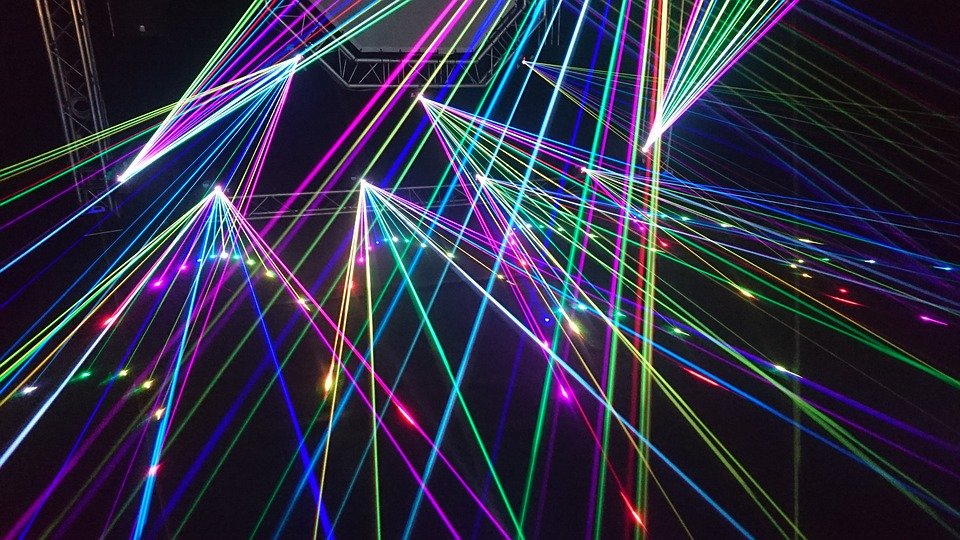
Companies and manufacturers everywhere are increasing productivity thanks to automation and innovative technology. Even though many are faced with reduced capital, OEMs and job shops continue to add new capabilities to get into new markets. For example, some thermal processing equipment, like lasers, are now being used to weld and cut stainless steels and low-carbon products and materials.
While reading laser cutter reviews is a good way to learn about some of the technology used by these machines, there is also some information found below. Keep reading to learn about the latest and greatest tech being harnessed in this machine.
Resonator Properties
Some of the proven integrated resonator techs include fiber, Nd:YAG, CO2, and diffusion cooled. The top differentiating characteristics of these technologies are the cooling methods and lasing mediums used.
Every job shop and OEM needs to evaluate the design and output of a resonator to figure out if it is the best fit for the applications. Resonator characteristics, like the quality and wavelength of the beam, along with operating costs, absorptivity, and spot size must be considered because they will impact the part costs and because this can impact productivity.
The physical properties of the resonator play a huge role in achieving the smallest spot size and the resulting power density. The short wavelength of fiber provides the smallest spot size. Also, with higher beam quality and smaller spot size, the machine tool has a broader depth, which ensures greater tolerances to deviations in the material. As a result, the operator has a larger sweet spot for the machine parameters to create high-quality, consistent parts.
More Power Results in Higher Levels of Productivity
There are additional factors, including incidence angle and absorptivity, that also impact productivity and power density. The power density refers to the energy radiant of the resonator on a set surface area. Calculating this is possible and, generally speaking, it is believed that the heating of the material being used, and the subsequent speed of travel will increase the total power density. Other factors to be considered include incidence beam absorptivity, melt viscosity, and beam mode.
The lower order beam mode will result in the highest power density is considered ideal for cutting. Higher-order modes will provide a wider energy distribution profile, which is ideal for service treatments, such as heating and welding. The beam delivery system can impact the raw incidence beam that enters the focal optic, too.
With fiber-optic delivery, it is possible to achieve the most consistent transmission; however, the CO2 resonator output requires the presence of a dry and clean atmosphere at the bellows that include the mirrors or reflective optics. The mirrors are designed with extremely reflective coatings, including zinc selenide or zinc sulfide. These offer quality thermal conductivity to help effectively dissipate heat, which minimizes thermal distortions and lensing. However, these are susceptible to particle and moisture contamination that will deteriorate the total optical performance.
Buying a Laser Cutter
When someone is ready to purchase a laser cutter, there are many factors to consider. This includes the type of technology it uses. Keeping this in mind will help ensure that a person gets the machine and technology they want and need for the job or project that they are doing at a business or organization.
